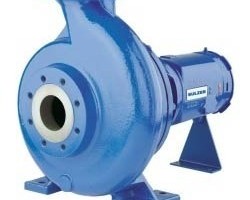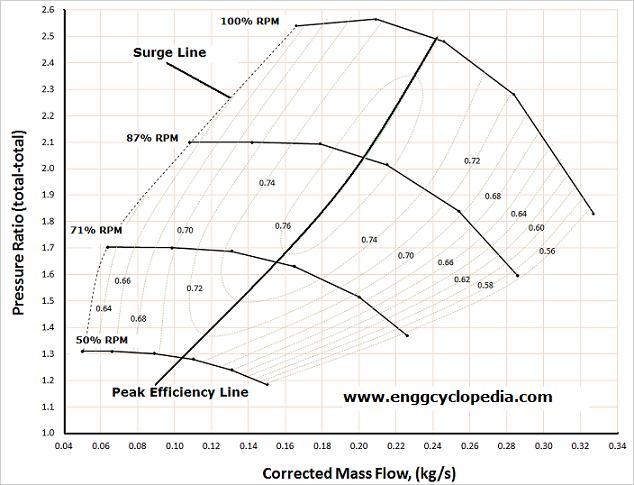A pressure vacuum relief valve (pvrv) is a protection device which is typically installed on a flanged nozzle installed at the top of a fixed roof atmospheric storage tank. Its role is to protect the tank against rupture or collapsing (imploding).
Table of content:
1. Atmospheric fixed roof tanks
2. Breathing valve on atmospheric fixed roof tank
3. Related Standards and Codes
Atmospheric fixed roof tanks
A fixed roof tank faces the risk of rupture whenever liquid is pumped into the tank or as a result of vapor pressure changes caused by significant thermal changes. During these instances, the pressure/vacuum relief valve (pvrv) protects the tanks from over-pressure by depressurizing the tank.
Breathing valve on atmospheric fixed roof tank
On the other hand, collapsing (imploding) of a tank may occur during the pumping out procedure or also by thermal changes. This is due to the fact that as the level of the tank lowers, the vapor space pressure is lowered below atmospheric pressure (vacuum condition). Vacuum can only be broken by allowing atmospheric air to enter the tank (tank ''breathing'').
Due to its basic function, a pressure vacuum relief valve (pvrv) is usually characterized as a ''breather'' valve.
Besides over/under pressure protection of a fixed roof atmospheric tank, use of a pressure/vacuum relief valve also presents additional advantages:
1. It minimizes evaporation losses. A tank's breathing losses are significantly higher when a tank is equipped with an open vent than when the tank is equipped with a pressure/vacuum relief valve, thus leading to significant money savings, especially for tank farms.
2. It helps reduce corrosion in the surrounding plant: plant corrosion is decreased due to less fugitive emissions (less product escapes from the tank and consequently, less corrosion is produced by fugitive vapors). This way, overall plant maintenance costs are lowered.
3. It offers fire protection due to the fact that the valve is normally closed, except when venting due to pressure or vacuum conditions. This way, dangerous vapors are prevented from escaping the tank whereas the tank vapor is allowed to reach equilibrium. Under this equilibrium condition, the vapor in the tank is too ''rich'' to burn.
However, when emptying or pumping out from the tank, oxygen-rich vapors movement occurs. Since oxygen-rich vapors are prone to burning, it is strongly recommended that flame arresters are installed between the pressure/vacuum relief valve (pvrv) and the tank nozzle.
Related Standards and Codes
Use of pressure/vacuum relief valves is mandated by international standards such as API 2000, EN 14015 and ISO 28300 for use on atmospheric storage tank. In general, almost all international regulatory bodies involved in tank safety (e.g. API, OSHA, NFPA etc) stipulate the installation of such devices on flammable liquid storage tanks.




